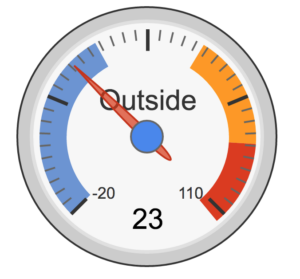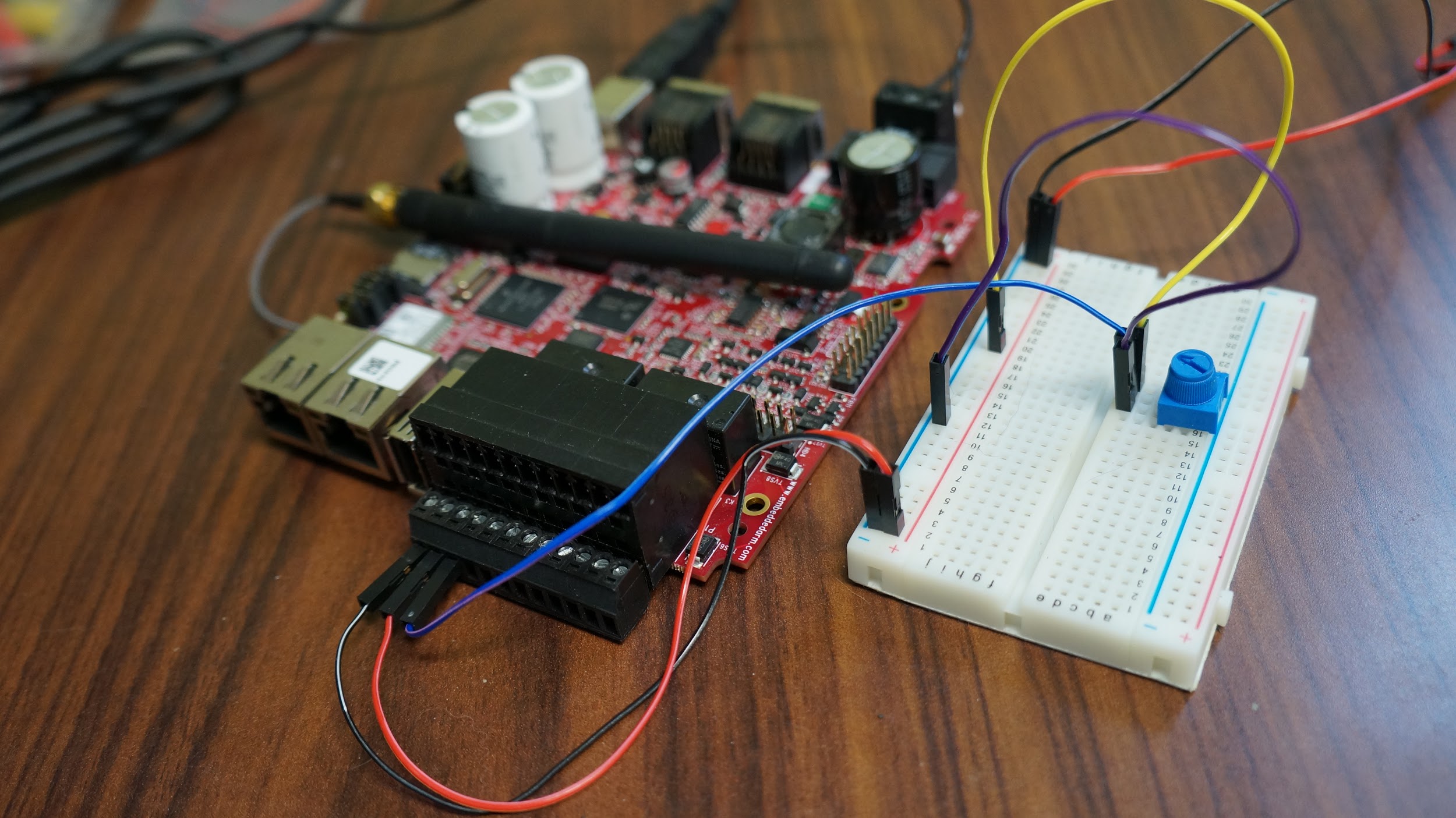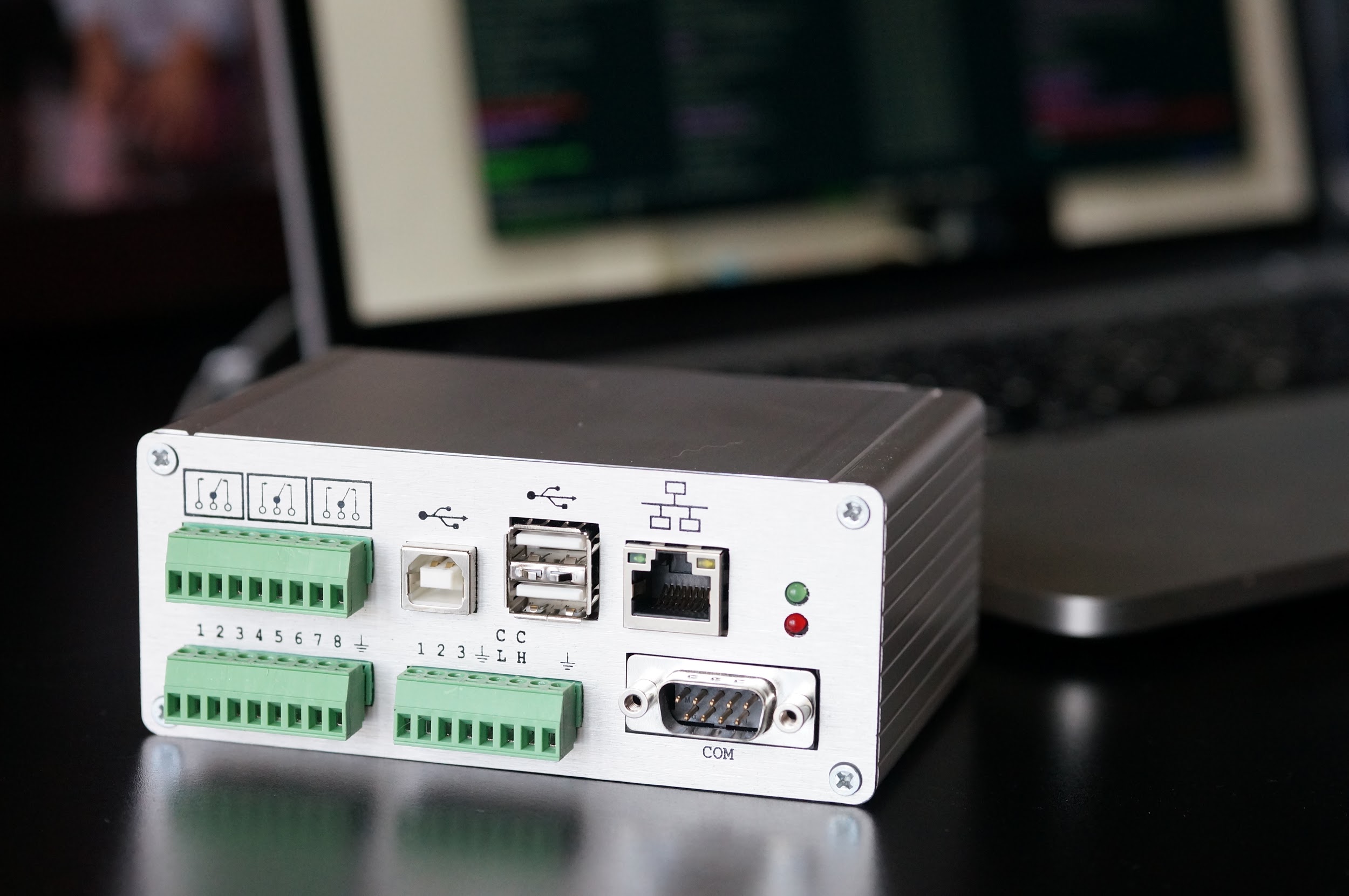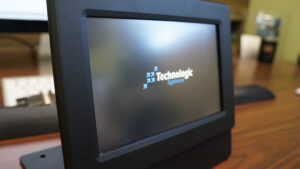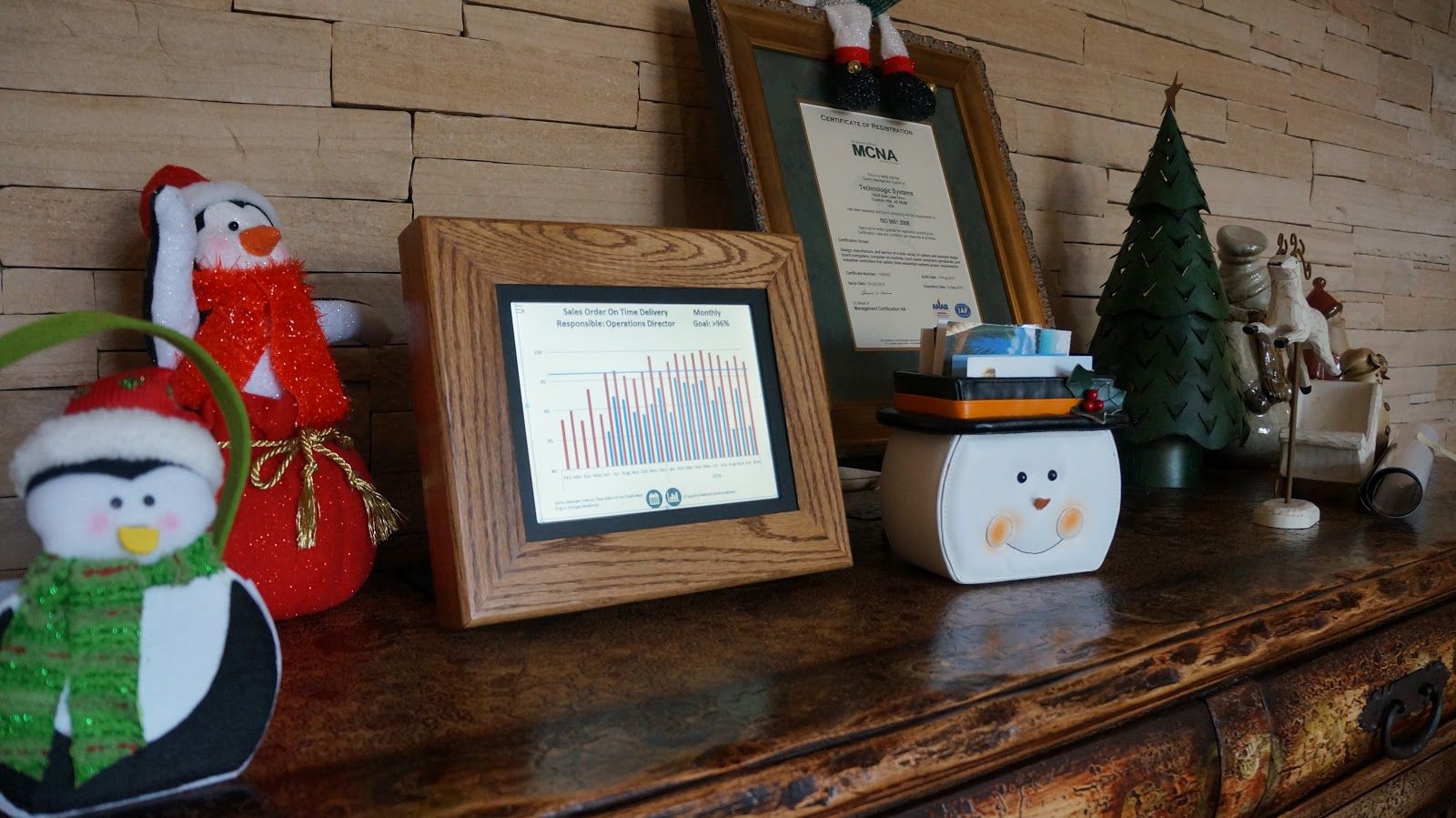Newer TS-7600 Product Available. The TS-7600 or TS-7700 are the new and improved versions of the TS-7500 series! Recommended for new designs.
Blistery cold weather is starting to sink in, which ought to ignite an instinctual desire to get your house in order and monitor it so the water pipes don’t freeze and burst. So, we’ll take a timely look at a project setting up some temperature probes in various areas, reading them, and reporting in a custom dashboard. A true home automation expert would take things further by setting up relays to turn on heat tape or even maybe some actuators to control water flow. Maybe next year, but for now, we just want to be able to monitor important areas of our home (in this case a cabin in Montana) and understand temperature patterns over time for better planning. As with most projects, there is more than one solution, especially if it depends on what you have on hand. At the time, the list of things in hand were as follows: Home
Continue reading “The Weather Outside Is Frightful (Or Is It?)”

